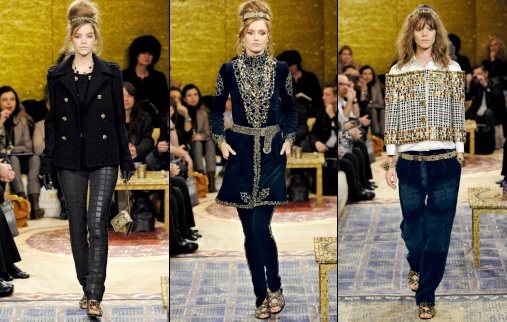 |
| Just a sample of the perfection and the sublimity of the mosaics of Thessaloniki |
Hallo everyone, It's been a while....
I hope you are all well, keeping calm and mosaicing on!
This post is special. It was written by the wonderful Helen Miles, a mosaic artist whom I deeply admire. Her blog is the perfect place for those who want to find out more about Greek mosaics not just from a theoretical point of view but also as far as the more technical aspects of mosaic making is concerned. I am personally inspired by this woman and I think you will too.
Oh and don't forget. If any of you wish to guest post here all you need to do is get in touch with me.
M.
***
The Mosaics of Thessaloniki, Greece (by Helen Miles)
Istanbul, Ravenna, Gazientep, Rome, Aquilea, and Madaba are among some of the world’s great mosaic sites with collections which receive considerable recognition and streams of visitors. But hidden away in Thessaloniki, in Northern Greece, on walls, ceilings and floors, in museums and churches, are mosaics which deserve their own share of the international limelight.
A bustling port city in a crescent-shaped bay lined with neo-classical apartment buildings, Thessaloniki is the epitome of a smart modern metropolis, making it hard to conceive that it was once a crucial centre of the Eastern Roman empire and played a pivotal role during the Byzantine era as the second most important city after Constantinople.
Yet for those prepared to delve a little deeper, Thessaloniki’s mosaics which span from the 4th to the 14th centuries, tell the tale of the city’s earlier lives; of it’s grandeur and importance, of it’s trade links, military might, and strategic position as well as serving as the artistic expression of a former glory which can still be traced in its Roman ruins, Byzantine churches and museum displays. For the mosaic lover, there is plenty to keep you busy exploring the back-street churches (Thessaloniki is a World Heritage Site for its Byzantine monuments), taking time in the two main museums and peering over the outer walls of the Galerian palace in the city centre to check to see if you are lucky enough to be there at the time when the mosaics are exposed.
The mosaics of Thessaloniki are to be found in its scattered Byzantine churches, down back streets and set back from the boulevards, but their quieter, less dramatic beauty doesn’t mean that they are any the less worth seeing. Quite the contrary.
The only drawback is that you need to get an early start and be patient. The opening hours of the churches are often eccentric and usually close by 2pm so don’t be too disappointed if some you don’t find all of them open. The ones not to miss include the beautiful glass, gold and silver ceilings in the 4th century Rotunda, a soaring vault-like brick structure which was built as a mausoleum, converted into a church, and served time as a mosque. The intricate ceiling mosaic of saints and architectural facades is undergoing restoration and covered in scaffolding, but in the side recesses you can see birds and fruit set within geometric and twisting bands of tesserae.
The Rotunda mosaics are among the earliest mosaics in Thessaloniki but there are plenty more from other periods in the Byzantine era. There is the Church of Agia Sophia which has an exquisite mosaic dome dating from the 9th century showing the apostles surrounding an image of Christ ascending to heaven as well as other mosaics of Biblical themes. The Church of the Holy Apostles, once part of a monastery complex, has exceptionally fine mosaics which are compared to those of the Chora in Istanbul. Or there is the Church of the Acheiropiitos which has beautiful 5th century mosaics of garlands and urns interspersed with birds and fruit decorating the underside of the arches along the main aisle. Try not to miss the Church of Osios David, an unobtrusive 5th century building, which was probably originally a bath house. Over the alter, it has a mosaic of Christ ascending into heaven with fish bobbing along in the rivers of paradise at his feet and animals representing the four apostles in the corners, including a lion for Saint Mark with an uncanny resemblance to a Maurice Sendak wild thing.
The Church of St. Dimitrios, Thessaloniki’s patron saint, was largely destroyed by a fire which devastated large portions of the city in 1917, but some interesting mosaic panels have been preserved showing the saint with various city officials and one with two solemn children, tucked shyly in next to his robes. The city’s two museums, the Museum of Byzantine Culture and the Archaeological Museum of Thessaloniki, conveniently next door to each other, also have plenty of mosaics in their collections which are well worth seeing ranging from floor mosaics featuring animals and plants from a destroyed 4th century church to mythological scenes taken from domestic buildings.
If your passion for mosaics is still not sated, then it’s worth making a trip out to Pella, which is a 1.5 hour drive from Thessaloniki. Pella, with its world famous pebble mosaics, is the birth place of Alexander the Great and the scenes depicted in these unusually intricate and delicate mosaics – the oldest of their kind – range from lion hunting scenes to one of a young Alexander riding on the back of a leopard.
***
Thank you Helen!







































